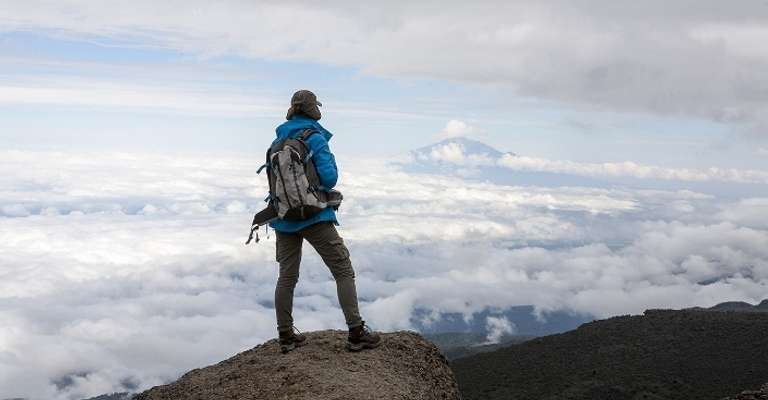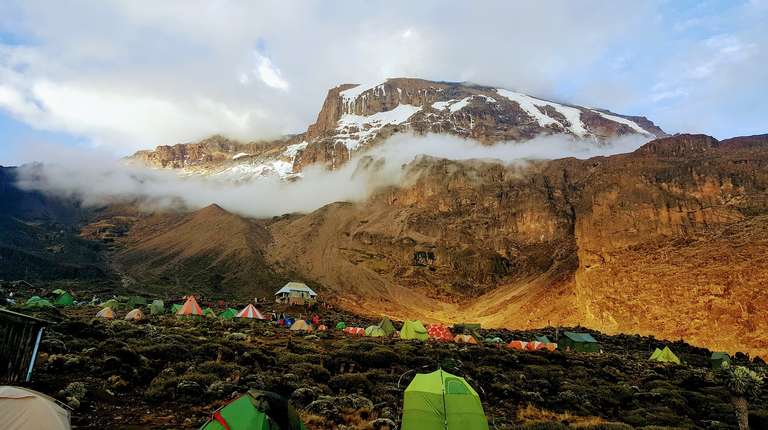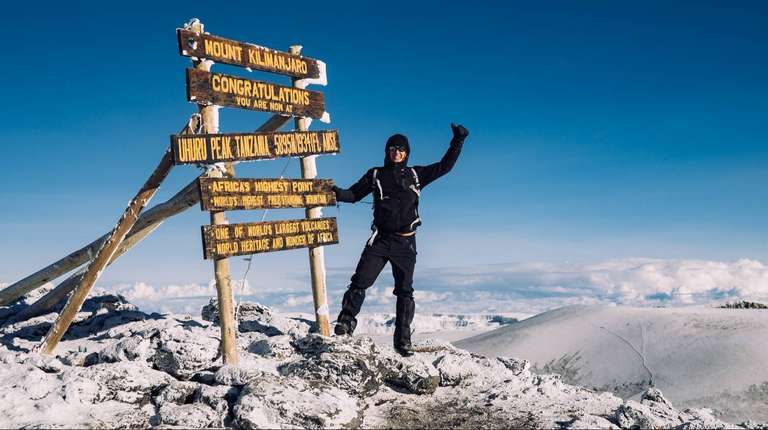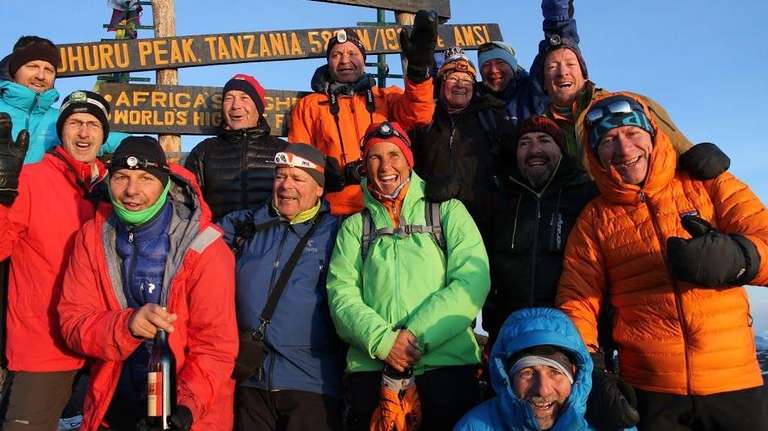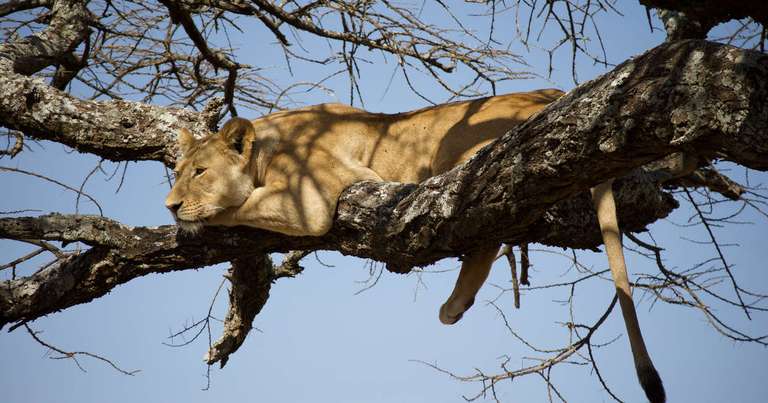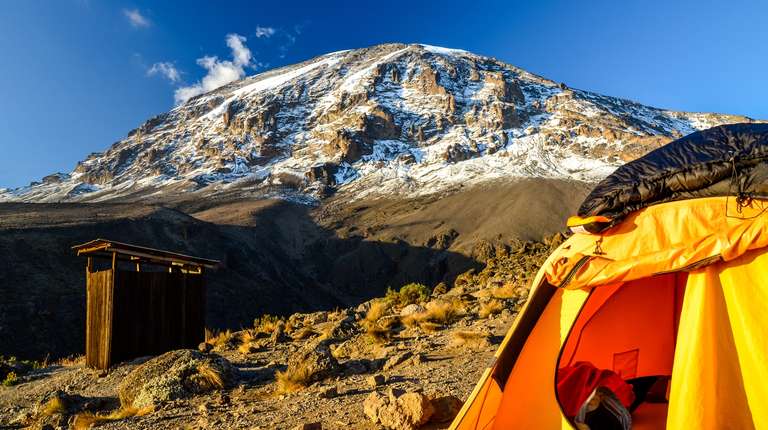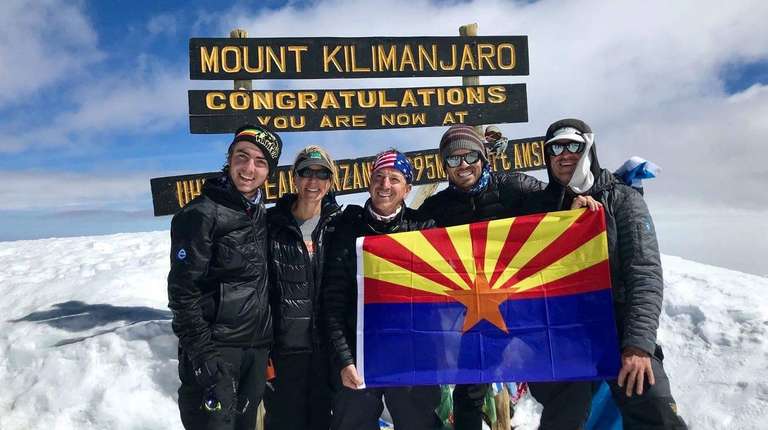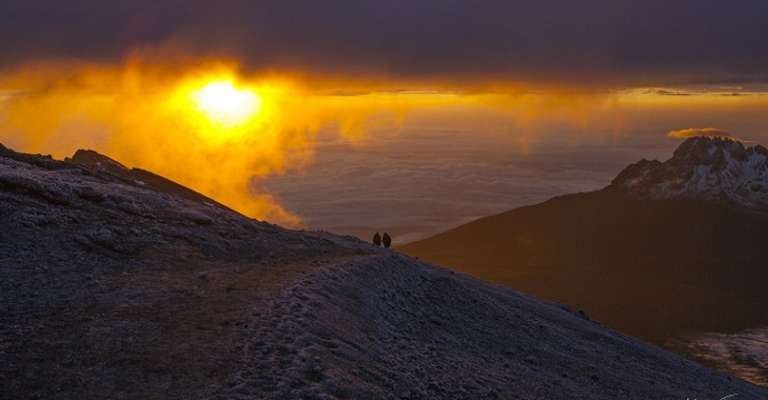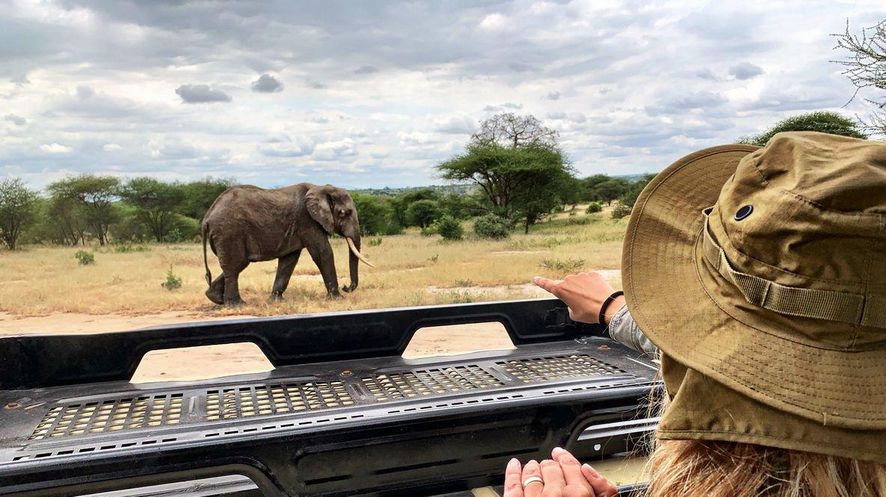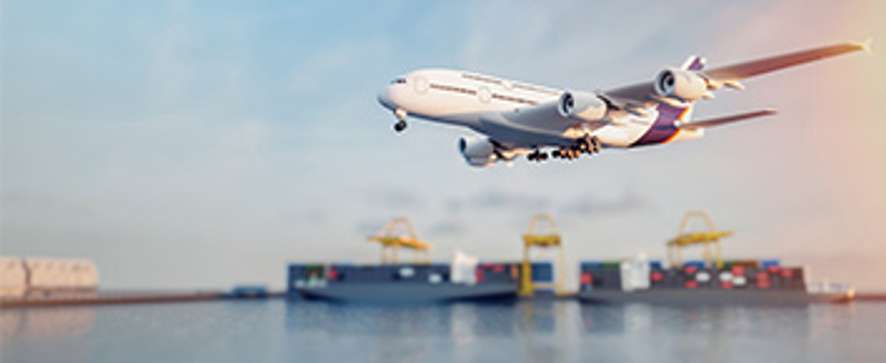Mount Kilimanjaro Trekking Guide

- Dikash Kashyap
- From
- Dikash Kashyap
- From
- Sophia Loren
- From Tanzania
- Pooja Kumari
- From
Kilimanjaro Trek Ratings
| Annual Visitors: | 75,000 | Wildlife Rating: | ||
| Size: | 1688 sq. kms. | Scenery Rating: | ||
| Maximum Altitude: | 19,340 feet (5,895m) | Bush Vibe: | ||
| Location: | 116 kms. (72 miles) from Arusha | Trekking: | ||
| Commonly Visited: | Arusha NP, Serengeti NP, Ngorongoro |
Pros and Cons
Pros:
- Magnificent scenery
- Wildlife safari coupled with trekking adventures
- A chance to climb the tallest free-standing mountain on the planet
Cons:
- Limited wildlife viewing opportunities
- Altitude sickness can be a real problem for some
Birds and Animals of Kilimanjaro National Park
While animal sightings are more common in the lower rainforest slopes of the Kilimanjaro, you’ve got to have a bit of luck by your side to enjoy bird and animal sightings. The most common sightings include mouse and monkeys, but you never know when a majestic beast decides to grace you with its presence.
Elusive, but available
Blue monkeys and colobus monkeys can be seen by the dozen close to the Londorossi Gate on the Rongai Route. Leopards, civets, olive baboons and mongoose are also said to live in these slopes. Aadvark and honey badgers often making an appearance on rare occasions, and while the long-snouted anteater might not hurt you, make sure you stay away from the badger. Even the proud lions prefer to leave them alone.
Common Animal Sightings
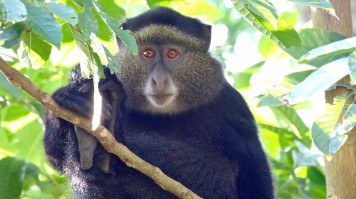
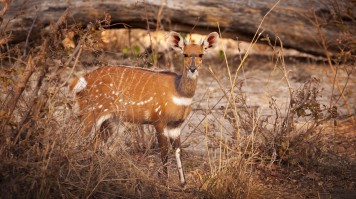
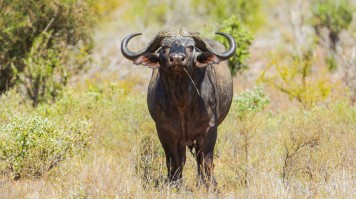



Bushbabies might be sighted closer to the cultivated zones, particularly at night, jumping from one hut to the other.
As you gain altitude, wildlife sightings begin to diminish. Your best bet of checking out African species above the tree line include the four-striped grass mouse and mole rats. For anything larger than rats, you may want to venture to the Shira Plateau, a place where buffalo and lions often make their presence felt.
Elands and bushbucks are some of the common creatures that also make their way up the slopes, but like you, they’re probably just there for a day or two to enjoy the scenery.
Common Bird Sightings
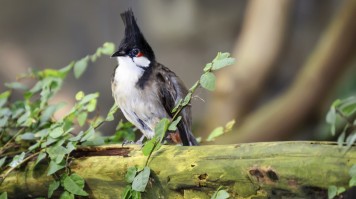
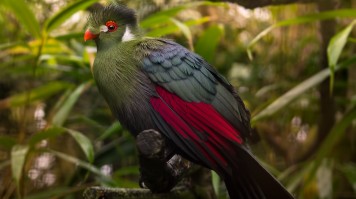
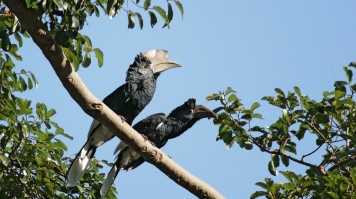
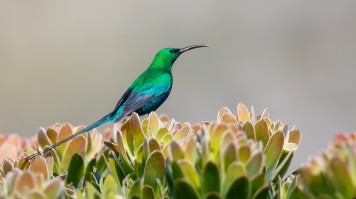


Animals sightings might be scarce, but you’re surely in for a treat when it comes to bird watching. The forested areas are full of Hartlaub’s turaco, noisy green colored creatures that are easy to spot. Speckled mousebirds and silvery-cheeked hornbills can be seen lazing near fig trees.
A treat for bird-lovers
As you gain elevation, the white-necked raven makes sure its presence is felt constantly. The elusive alpine swift also enjoys the chilly conditions and you might spot one or two during your trek. The most stunning bird to watch out for is the malachite sunbird known for those two small patches of scarlet on its chest.
And if its majestic beasts you’re after, keep an eye out for the rare lammergeyer, a humongous vulture that has a wedge tail and incredibly long wings.
Things to Do in Kilimanjaro National Park
Covering an area of 291 sq. miles, this UNESCO World Heritage Site predominantly attracts visitors with a plethora of treks and mountain climbing adventures, but there’s a lot more to good ol’ Kili than high peaks and hiking.
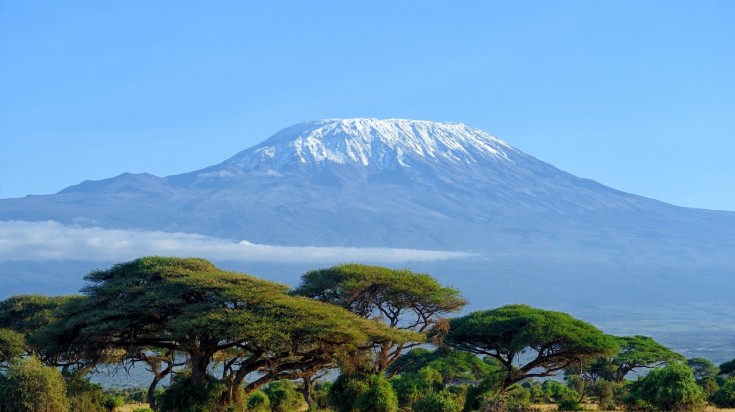

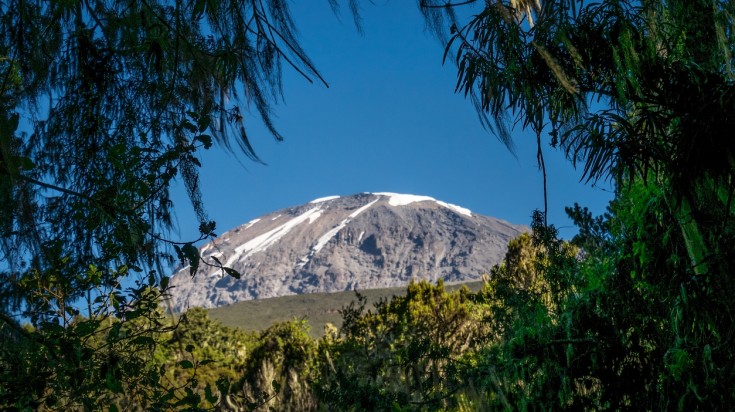


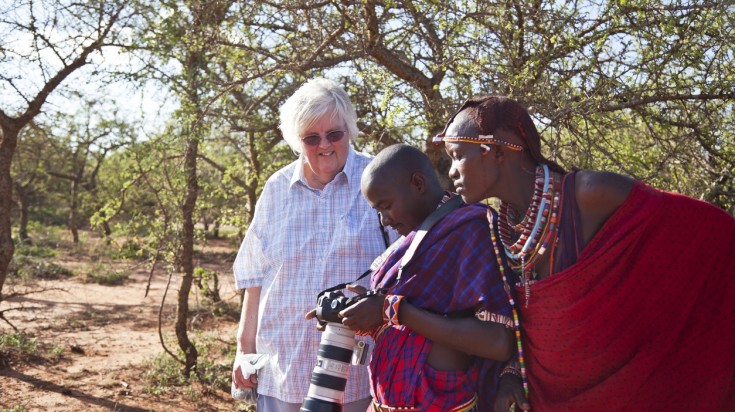
Check out our guide on the top things to do while climbing Mount Kilimanjaro.
Popular Routes for Climbing Mount Kilimanjaro
Now that you’ve decided to conquer the highest peak of Africa, it’s time to choose the route that suits you the most. There are as many as six routes to choose from and no one route offers the ‘best’ experience. There are some that suit newbie climbers more while others pose an exciting challenge for pros. The four main routes used to climb Mount Kilimanjaro are –
- Marangu Route – Popularly called the Coca Cola Route, Marangu offers the classic trekking experience. It is considered to be the easiest way to the top, and it has sleeping huts with dorm-style accommodations.
- Machame Route – Machame’s popularity means that this route is always crowded, but it still manages to attract people from all over. It is less expensive than most other routes, and can be completed in just 6 days. Its sheer beauty and diversity and those memorable sights always leave you in awe.
- Lemosho Route – Lemosho’s breathtaking beauty sets it apart from the rest. It’s a wee bit more demanding, but you’re rewarded with mesmerizing scenery at every step. Better yet, its less crowded than Marangu and Machame.
- Rongai Route – Rongai is the only route that starts from the Northern slopes, known for their ample wildlife sightings. This moderately-difficult route is ideal for those looking for a remote hike up the mountain and it only takes 6 – 7 days.
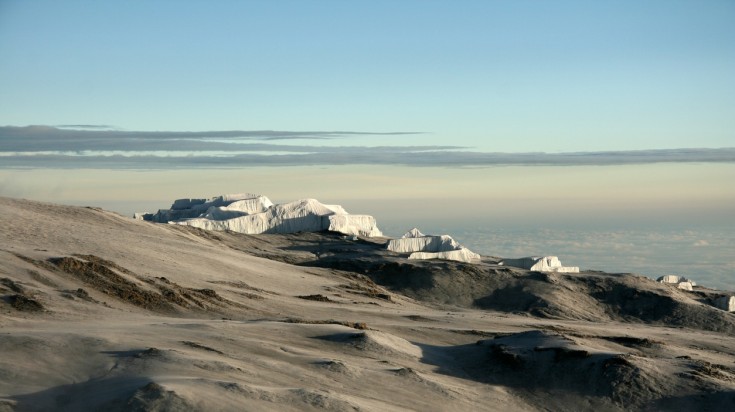
There are two more routes you can choose from. While these routes aren’t as popular as the ones mentioned above, they can be extremely exciting and beautiful.
- Umbwe Route – The extremely difficult, yet incredibly beautiful, Umbwe is not for the faint-hearted. The journey is very steep and certain sections are only navigable because you can use tree roots as steps. But if you’re experienced at mountain climbing, this is where you need to be.
- Northern Circuit – As the newest route up the mountain, Northern Circuit obviously gets a lot of attention. Its scenery is spectacular, and the summit success rates are over the roof, but mind you, this route can end up being quite expensive.
Best Time to Climb Mount Kilimanjaro
January to February and July to October are some of the best months for climbing Mount Kilimanjaro.
The worst months are April, May and November due to a high level of precipitation. That said, due to the generally friendly climate it is indeed possible to climb Kilimanjaro all year round.
Getting There
Most Kilimanjaro operators are based out of Moshi, a haven for coffee lovers. The best way to get to there is to fly into the Kilimanjaro International Airport and drive down to Moshi. Many international carriers land at Dar es Salaam International Airport, so you’d also need a charter flight to KIA. It might also make sense to fly into Nairobi Airport and take a connecting flight to Kilimanjaro International Airport.
Another way to get to Moshi is by bus. Moshi is an important transport hub in Tanzania and is well connected to Dar es Salaam and Arusha. Bus rides can be rather long and tiresome though.
Safety
Climbing Mount Kilimanjaro isn’t dangerous, but basic precautions need to be taken to ensure your safety. Please make sure you keep the following tips in mind when planning your Kilimanjaro climb.
- Proper acclimatization is essential. Make sure you choose a 7-day itinerary if you’re not experienced at climbing. Familiarizing yourself on how to deal with altitude sickness before you make the journey is equally essential.
- Communicate with your porters and guides before heading off to the mountain. Having the right people around you can make a world of difference to your success rates and overall experience.


